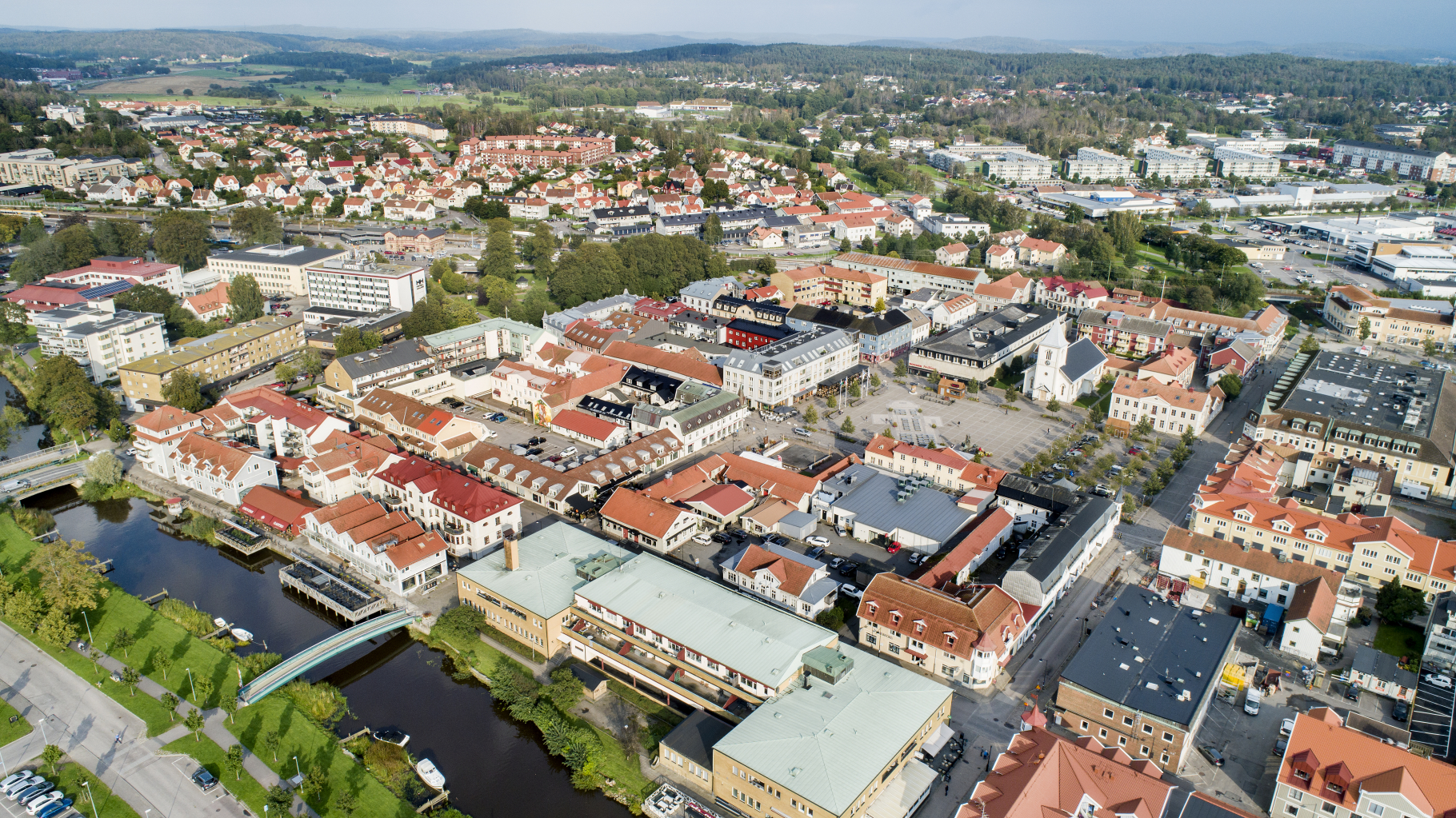Moving public services to digital and mobile is an inevitable step to keep up with public demands and ensure residents convenient, modern, and timely services. Creating a seamless and lean user experience across all government institutions requires all the systems to talk to each other and exchange data. In the ideal digital ecosystem, users (residents) can go paper-free (say "No" to paper applications and hard copies). Users no longer get stuck in bureaucratic loops when required to submit some supporting documents from one institution to another to receive a decision.
Imagine it is just enough to log in to a single portal, click "to give permission" to share certain documents with certain government bodies, and they are sent automatically for verification and decision-making. Just because systems are connected and data is synchronized. All happens in a matter of minutes in the comfort of your home: no commuting, queuing, and paper printing. (Especially significant when referring to the Covid-19 lockdown when visiting any public space was not recommended).
How does it look in practice?
To achieve such a level of digitalization, the governments must collaborate with cities and public institutions to align all the processes in a specific user journey at every touchpoint. Several elements must be in place to streamline the digitalization of services. McKinsey & Company, in their Insights research, proposes the following IT infrastructure:
 Credits: McKinsey & Company Digital public services: How to achieve fast transformation at scale
Credits: McKinsey & Company Digital public services: How to achieve fast transformation at scale
We also highly advise you to read this research to learn about the most efficient strategies (Credits: McKinsey & Company "Digital public services: How to achieve fast transformation at scale")
As you can see, the well-thought IT infrastructure consists of many components. Your infrastructure may contain multiple front-end user interfaces, like a mobile app, website, or chatbot that initiate different service requests and execution logic. Later, those services may require additional steps, like Identity Authentication, online payment, logging in to a user account, etc. It depends on a specific user journey or a service that is requested. What connects all those layers are APIs and Integration. As the glue for all the processes, it is critical to plan this layer carefully. The integration and API layer is the one that lets data move across the systems and offers flexibility (re-usable APIs), added security, and overall, faster time-to-market.
Experience that speaks volumes
We have been observing impressive results from the Frends iPaaS' +30 years of experience helping cities in the Nordics develop new experiences for residents. An iPaaS' (Integration platform as a Service) low-code approach has shown to bring:
- Money savings: A cut down on administrative costs
- Time savings: At least 25% less time spent on development
- Reduced error rate: Automating manual and mundane tasks
- Increased efficiency: Faster response time and case-handling by automating processes (The benchmark: up to 60% time/resources saved on case handling via automation)
- Reduced TCO: Modernising legacy systems and replacing legacy scripts
Pillars to Successful Digital Transformation
One day, our Integration fellow Antti and Chief Product Officer Asmo came together to discuss the critical aspects that matter the most in Public Sector projects. Among obvious business benefits and functionalities, on a higher level, they conclude that an iPaaS methodology also provides a holistic approach to building an Integration layer. This methodology is governed by "Capability," "Transparency," and "Security & Compliance."
Watch the talk between Antti and Asmo to learn more about "Capability," "Transparency," and "Security & Compliance" pillars of successful digitalization of public services.



